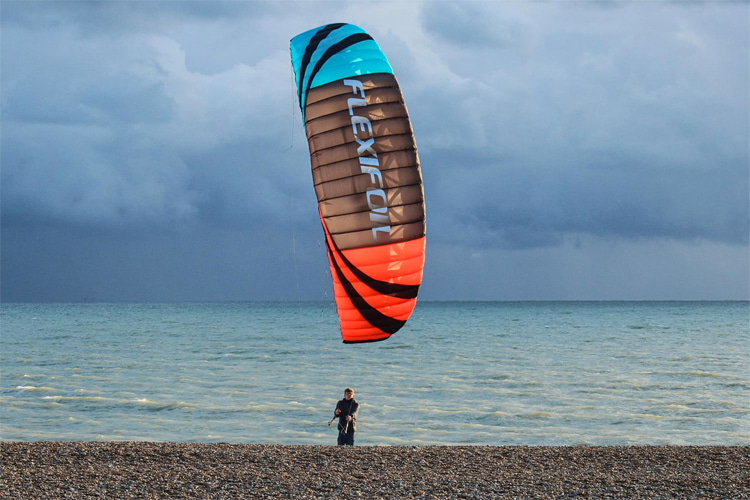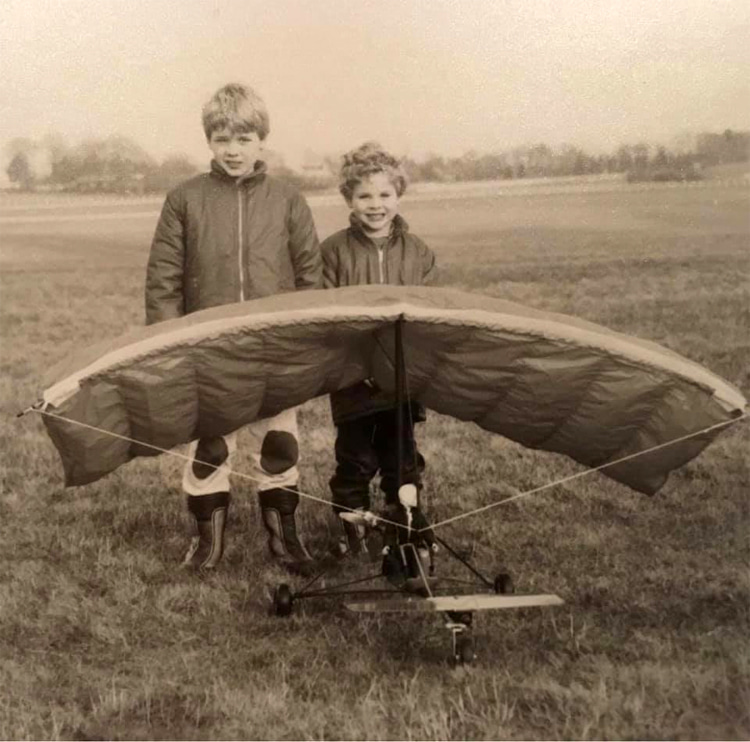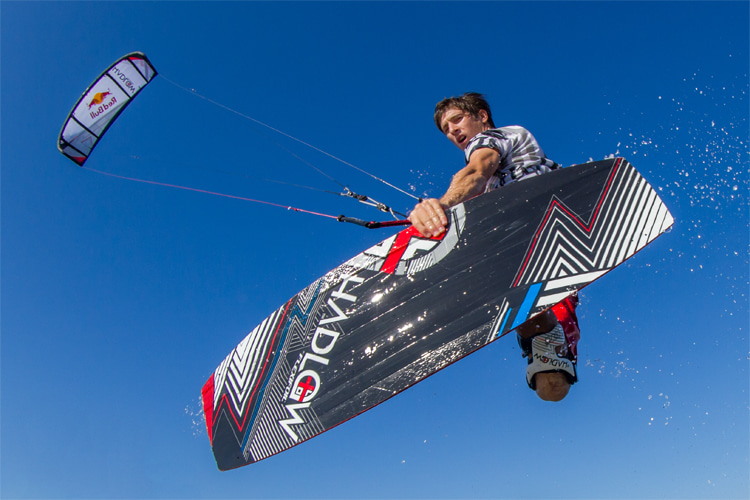Legendary British kiteboarding brand Flexifoil is for sale.
In 1972, graduates Ray Merry and Andrew Jones from Newcastle upon Tyne University set out to create a wind sculpture.
Unexpectedly, they ended up crafting a power kite. Soon after, they christened their invention "Flexifoil."
Later, they collaborated with the Van Dort siblings, Mauritz and Theo.
Mauritz was associated with a Dutch fabric firm named TenCate, while Theo was a business-minded investor.
With this strong team, it wasn't long before Flexifoil kites began soaring over European fields, shores, and open landscapes.
Later, Andrew Jones continued his inventive pursuits; Ray managed a kite enterprise in the United States.
As for the Van Dorts, their legacy was carried on by Theo's offspring, Anthony, who remained at the helm of Flexifoil.
Over the years, Flexifoil has evolved from a humble UK-based kite enterprise into an internationally recognized brand, boasting sales of over half a million kites worldwide.
Flexifoil was dedicated to making an impact.
The brand stood for affordability, superior quality, creativity, enjoyment, and a spirit of healthy rivalry.
They were committed to ensuring their team consistently offers an unparalleled customer journey.
At their essence, they held the conviction that businesses should contribute positively to society.
Kite flying served as a wonderful means to bond with loved ones, fostering friendly competition and joyful moments.

The Sale
Now, the family of the late Theo Van Dort is looking for someone to take on the pioneering company and build upon its reputation for innovation in modern kiting.
According to Flexifoil, in a recent independent survey asking over 1,400 kite users their primary reason for buying a Flexifoil kite, 50 percent said product reputation and 43 percent said word-of-mouth recommendation.
When asked to give an analogy to describe Flexifoil products, 55 percent of respondents used names of the most prestigious luxury car marques.
Flexifoil has sold over 500,000 high-performance, durable, and affordable kites through a sales network across Europe, North America, South Africa, and Australia.
The brand that powered Richard Branson to kitesurfing world records, including the fastest recorded time to cross the English Channel and the largest formation to kitesurf across the Channel, is now seeking new ownership.
"Flexifoil is a successful and respected brand with a substantial, loyal customer base and a deep-seated affinity for the brand," notes Roger Cutting, the asset advisory professional leading the kite company's selling operation.
"This is an opportunity for the right buyer to acquire a brand with a solid reputation for craftsmanship and performance while also opening up new opportunities to reach customers through its websites and expand the brand into new territories."
The reason behind the sale of Flexifoil was not disclosed.
Kite Buggy Pioneers
Once the Flexifoil was recognized as an energetic stunt kite and a scalable source of power, numerous experiments were conducted both on land and water to harness its capabilities.
During the 1970s, Ray and Andrew were frequently seen in the fields of Eastern England, maneuvering a kite-driven vehicle.
They employed rear-wheel navigation and used winch-regulated Flexifoils, making their presence known as they zoomed across agricultural land.
At times, they were in command, while on other occasions, it seemed they were serving as wind-propelled farming equipment.
Although the setup shown is designed for a single pilot, it often accommodated two.
The winch system for kite direction was effectively utilized on Jacobs Ladder, a speed sailing catamaran steered by Ian Day.
This vessel continues to hold a global record for sail-driven boats.

The Windbag
During the early 1980s, the focus of research and development involving Flexifoils shifted towards autonomous flight.
Encouraged by Theo Van Dort, an R/C enthusiast, Merry and Jones explored the possibility of a self-flying version of their distinct wing.
The inaugural successful flight took off on a foggy afternoon in September 1982 in England.
This led to the unintended creation of the Windbag.
Initially, a traditional design using a regular wing and tailplane didn't achieve the desired outcomes.
The decision was made to use a canard elevator and amplify the power for takeoff.
This approach proved successful, paving the way for various autonomous flight tests.
